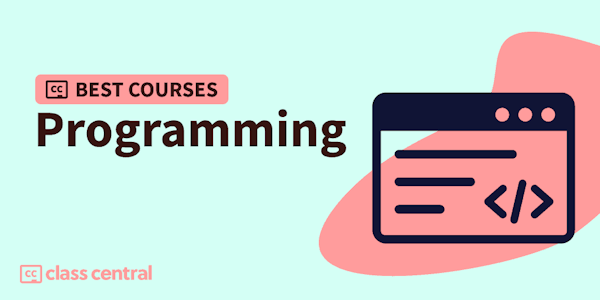Overview
Explore concatenative programming in this Stanford Computer Systems Colloquium seminar featuring Jon Purdy from Microsoft. Delve into the history, theory, and practical applications of this programming paradigm built on function composition. Learn about the advantages of concatenative languages in terms of program correctness, safety, usability, and performance on modern hardware. Discover notable concatenative languages, understand pointfree programming, and examine the implementation details of both dynamic and static approaches. Gain insights into concatenative calculus, substructure types, and stack polymorphism. Benefit from Purdy's extensive experience in programming language technology, including his work on compilers, virtual machines, and garbage collectors at companies like Microsoft, Xamarin, and Facebook.
Syllabus
Introduction
What I care about
Notable Concatenative Languages
History of Concatenative Programming
Concatenative Programming Definition
Pointfree Programming
What is Pointfree Programming
Advantages of Concatenative Programming
Concatenative Calculus
Substructure Types
Functions
Value Propositions
Implementation
Dynamic vs Static
Static Types
Dynamic Untyped
Call Operator
Stacks
Stack Polymorphism
Taught by
Stanford Online


